Save money, fuel better: 20 ways to slash your cycling nutrition costs
With food prices soaring, it’s getting ever more expensive to sate a cyclist’s appetite. Here’s a nutritionists’ guide on how to cut your fuelling bill – without compromising on health or cycling performance

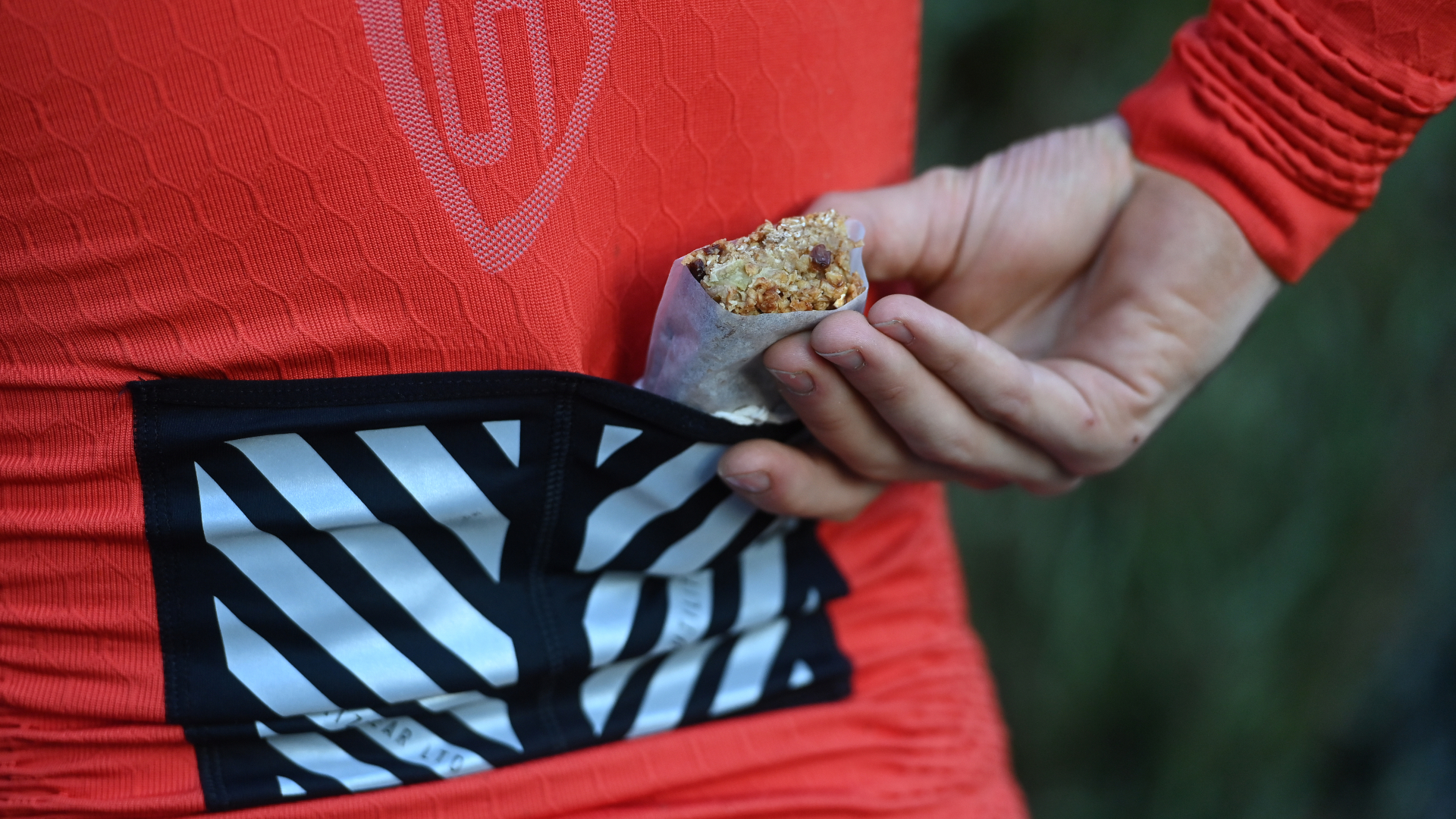
- 1. Swap recovery drinks for milk
- 2. Make your own energy drinks
- 3. Swap sports drinks for bananas
- 4. Swap energy chews for dried fruit
- 5. Swap protein bars for nuts
- 6. Swap out-of-season for in-season
- 7. Smarten up your storage habits
- 8. Make your own chocolate protein bars
- 9. Make your own energy bars
- 10. Make your own rice cakes
- 11. Rethink your coffee habit
- 12. Don’t be a slave to ‘best before’ dates
- 13. Make your own energy gels
- 14. Cook in bulk
- 15. Throw less away
- 16. Get creative with leftovers
- 17. Eat less meat, more pulses
- 18. Save money in the supermarket
- 19. Swap takeaway lunches for homemade
- 20. Use energy-efficient ways of cooking
If, like me, your food bill accounts for a big chunk of your weekly spending, you’ll be feeling the financial pinch. I like to eat healthy foods – and a lot of them. But with prices rising sharply week by week, especially for staples such as milk, bread, meat and pasta, fuelling well is becoming an increasingly tricky challenge. One way to save money is on your cycling nutrition: many bike ride snacks and supplements for cyclists are made from everyday ingredients, which means you can easily make your own in your kitchen at home and save cash. Here are 20 ways to slash your fuelling costs…
1. Swap recovery drinks for milk
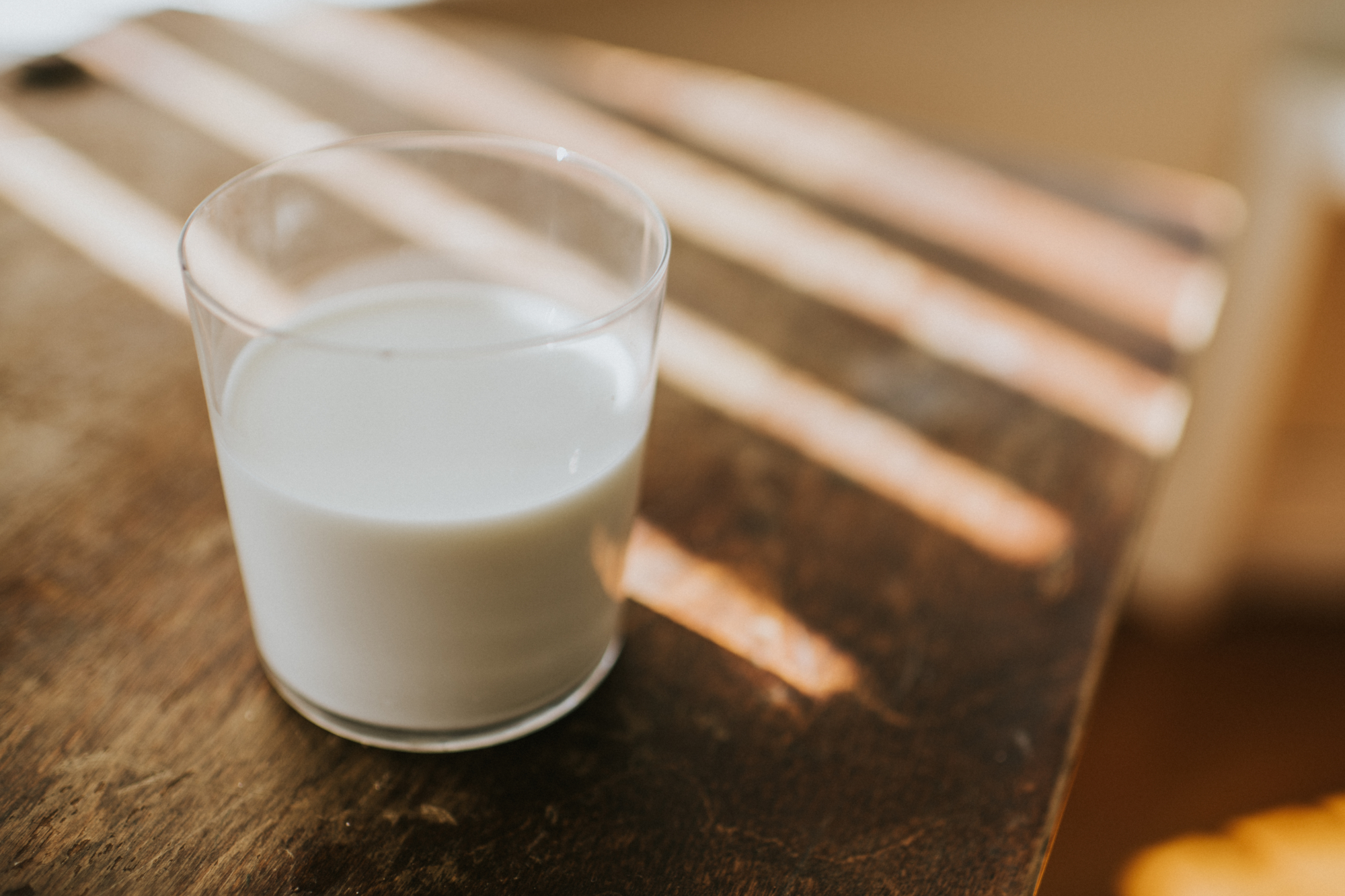
Milk is a near-perfect recovery food. It’s cheaper than the best branded recovery drinks and research shows that, whether you opt for cow’s or soya, milk replaces lost energy and is a fantastic source of protein (about 3.5g per 100ml, in whole milk). To get the most out of the milk in your fridge, drink 500ml immediately after your ride to optimise recovery. If you want to give yourself an even bigger boost, mix 200ml milk, three tablespoons of low-fat plain Greek yoghurt, half a banana and a handful of strawberries in a blender or smoothie maker.
2. Make your own energy drinks
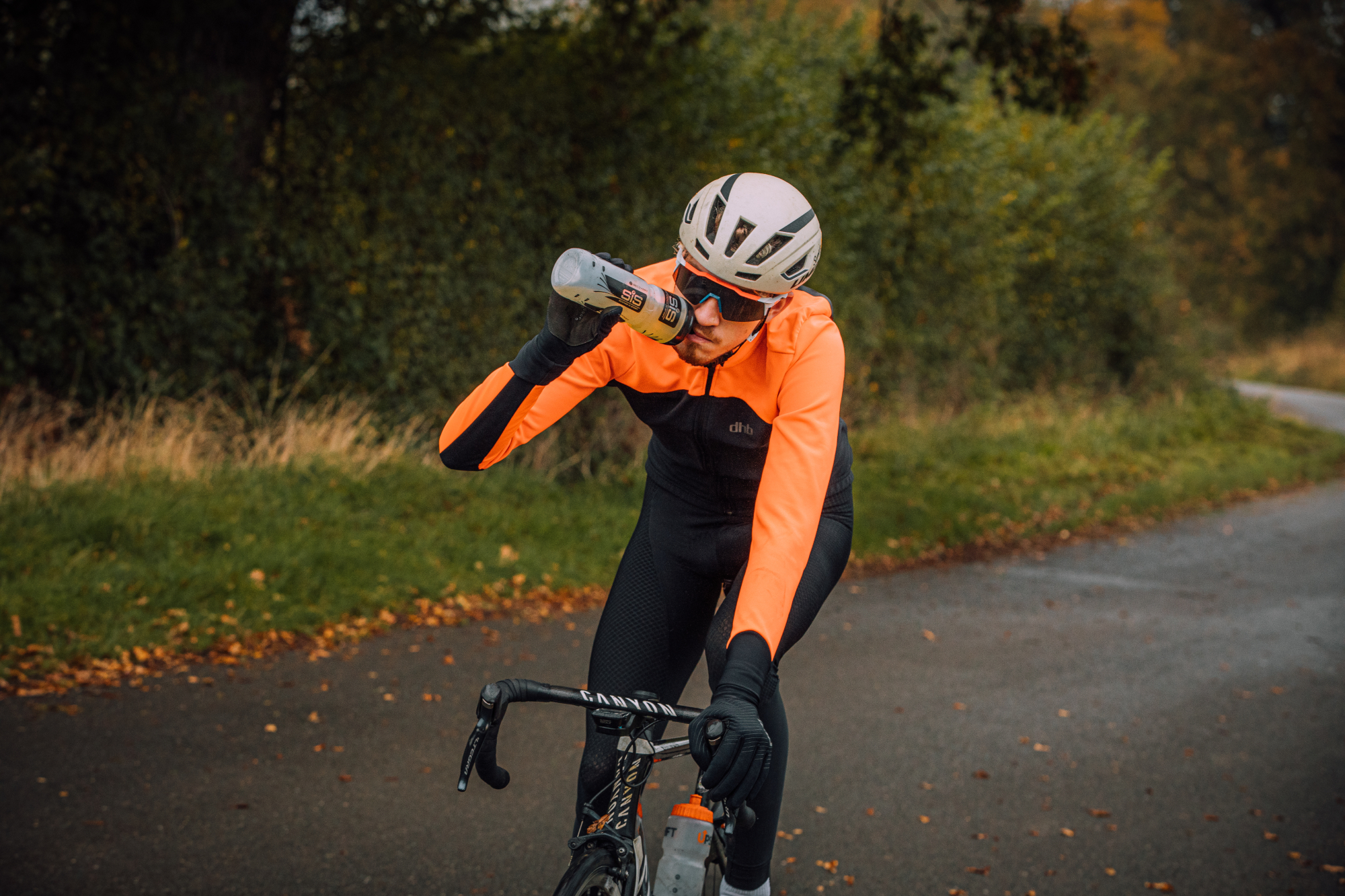
Instead of buying one of the best energy drinks, all you really need is some sugar (or maltodextrin*), water and salt. A University of Bath study showed that water mixed with glucose or sucrose was effective at fighting fatigue by preventing the depletion of liver glycogen stores and maintaining stable blood sugar levels.
For rides of under three hours, you’ll need to consume 30-60g carbohydrate per hour (depending on intensity). Typical isotonic drinks come in at a concentration of 4-8 per cent sugar. To make your own, add 45g (three tablespoons) of sugar to a 700ml bottle with a dash of no-added-sugar squash or lemon juice, top up with warm water and allow to cool. If it’s a hot day and your sweat losses are likely to be heavy, add a quarter-teaspoon of salt to the mix. Alternatively, just take your water bottle and ll half of it with fruit juice and the other half with water, adding a pinch of salt if needed.
For rides of over three hours (Zone 2 Endurance rides), consume 60-120g carbohydrate per hour (or a 9-12 per cent carbohydrate drink), again depending on intensity, by combining glucose (or maltodextrin). Add 30g (two tablespoons) maltodextrin, 60g (four tablespoons) sugar and – as above – a dash of flavouring (and salt, if needed) to a 700ml bottle. This drink provides 90g of carbohydrate per 700ml bottle and a two-to-one glucose-to-fructose ratio.
*You can buy maltodextrin inexpensively online. Made from corn, wheat or rice starch, it’s almost tasteless and only subtly sweet so it can be mixed with sugar and/ or squash or fruit juice.
3. Swap sports drinks for bananas
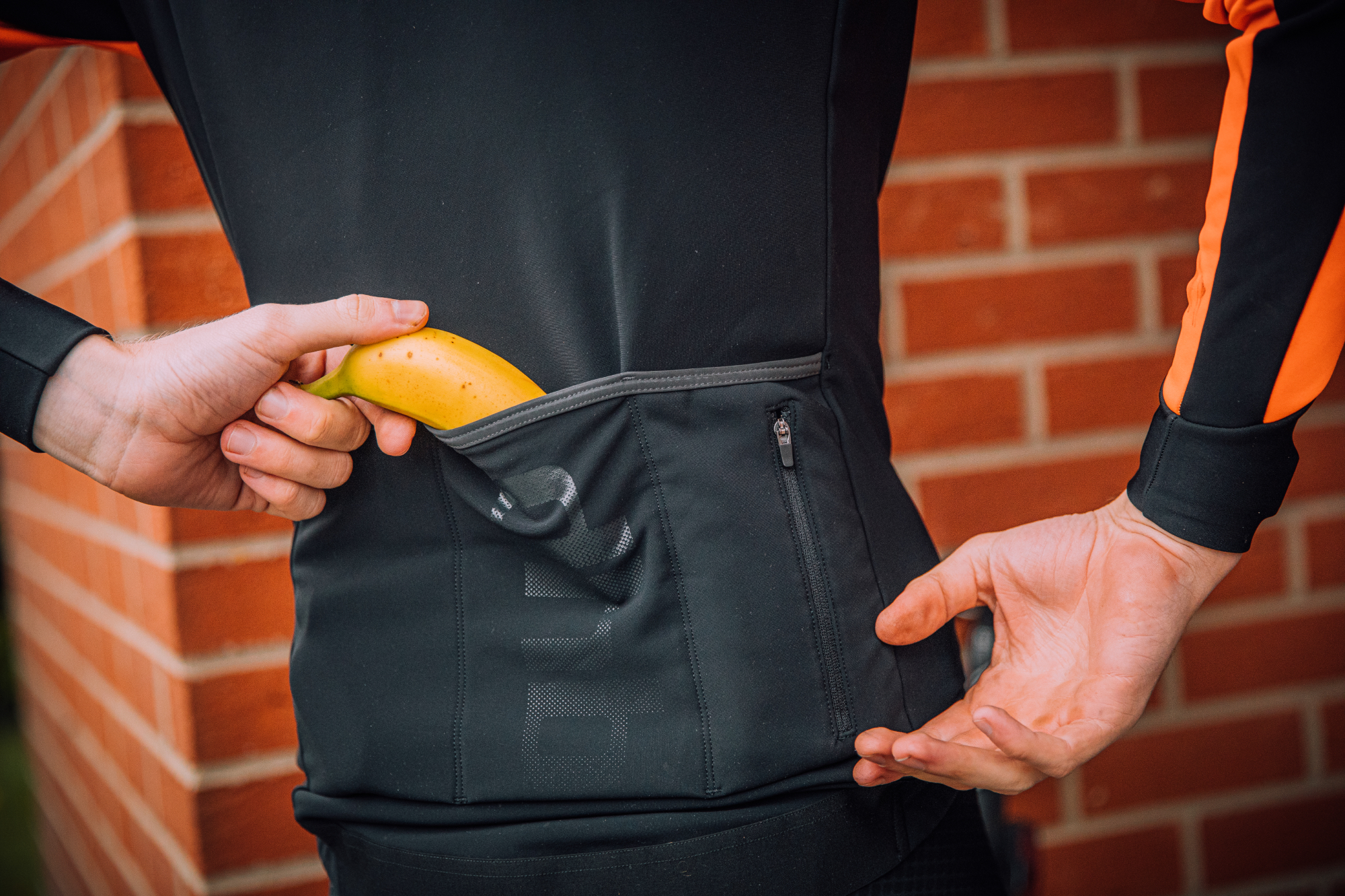
Instead of branded sports drinks, consume bananas and water. The carb-stacked fruit has been shown to provide similar cycling performance benefits as sports drinks when tested over a 75km time trial, according to an Appalachian University study. In the study, cyclists consumed 0.2g carbohydrate per kilo of body weight every 15 minutes, either from a sports drink or bananas. It made no difference where the carbohydrate came from; the cyclists performed the same. One banana provides about 20g carbs.
The latest race content, interviews, features, reviews and expert buying guides, direct to your inbox!
4. Swap energy chews for dried fruit

Products like energy chews and other sugary ‘performance treats’ are great, but if you want to save money, dried fruit will work just as well. A study by researchers at the University of California in the US found that raisins consumed every 20 minutes during exercise were just as effective as sport chews for maintaining blood glucose levels, sustaining performance, and produced no unwanted gut symptoms despite the higher fibre content. A 40g portion of raisins or two Medjool dates supplies 30g carbs, equivalent to four chews.
5. Swap protein bars for nuts

There are many protein bars on the market, many of which are marketed as being effective aids to recovery. But a handful of mixed nuts costs less and will perform the same functions – plus it’s entirely natural, so contains no hidden ingredients. Cashews, almonds, peanuts and pistachios are high in the amino acid leucine, which is key for muscle recovery. Snacking on nuts along with your glass of milk after a ride could help you maximise your recovery – and costs, um, peanuts!
6. Swap out-of-season for in-season
We all get used to eating certain foods year-round but it’s cheaper, healthier and tastier to buy fruit and veg that are in season. You’ll be doing your bit to reduce food miles too. Buying directly from a farm shop or a veg box scheme can be a handy way to help you munch month by month. Right now in early November, fruits in season in the UK and the US include apples, pears, blackberries and damsons.
7. Smarten up your storage habits
Do you keep potatoes and bananas in the fridge and end up throwing many of them away? That might be because your storage habits aren’t working to keep your food fresh. Bananas, onions and potatoes should all be kept in a cool dry place such as a cupboard to keep them fresher longer. Store green leafy veg such as spinach and salad in the fridge in plastic containers lined with a crumpled paper towel. Keep broccoli, cauliflower and cabbage in loose plastic or an open plastic bag in the vegetable crisper drawer.
8. Make your own chocolate protein bars
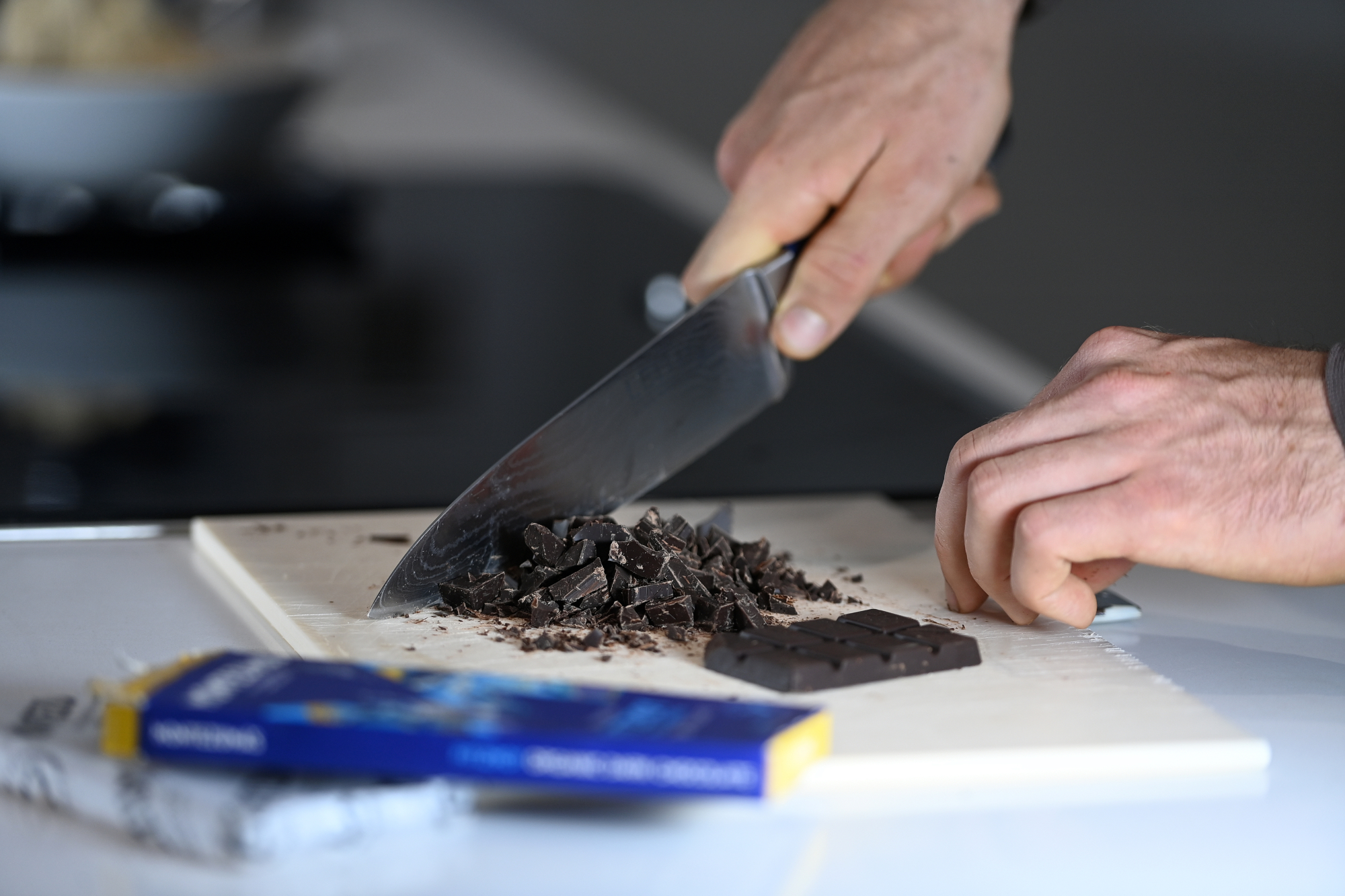
Loaded with every cyclist’s favourite ingredient, peanut butter, these homemade protein bars are great for a post-ride snack.
Makes 12 bars
- Line a 20cm square tin with baking paper or foil.
- Add the oats to the bowl of a food processor and pulse until they are ground into oat flour.
- Add the peanut butter, ground almonds, protein powder, golden syrup or honey, seeds and cinnamon. Process until the mixture starts to clump together, remove the blade then fold in the chocolate chips
- Transfer the mixture to the lined tin, pressing down firmly. Chill in the fridge for at least two hours before slicing into bars. The bars will keep for up to five days in the fridge.
- Recipe extracted from The Vegan Athlete’s Cookbook by Anita Bean
- 125g rolled oats
- 125g peanut butter (or any other nut variety)
- 50g ground almonds
- 60g chocolate protein powder
- 150g golden syrup or honey
- 3 tbsp mixed seeds
- ½ tsp cinnamon
- 50g chocolate chips or raisins
9. Make your own energy bars
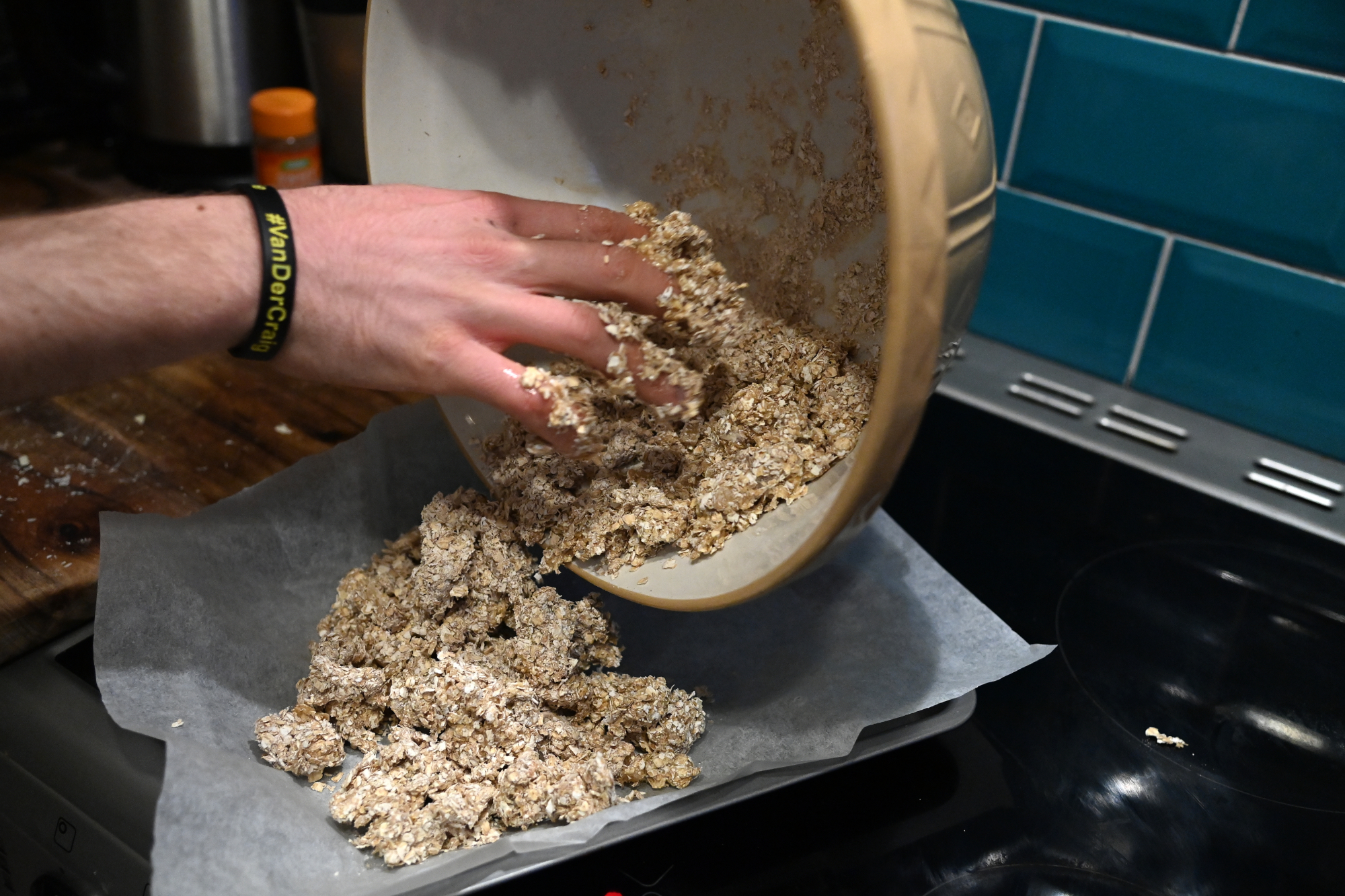
These delicious energy bars are quick and easy to make, require no baking and are a brilliant snack for long endurance rides. Made with oats, dried fruit and nuts, they provide a perfect combination of nutrients to sustain your energy levels.
Makes 12 bars
- 125g rolled oats
- 50g dark chocolate chips
- 50g flaked or chopped almonds
- 50g raisins
- 125g honey
- 125g almond butter (or any other variety)
- 1 tsp vanilla extract
- In a mixing bowl, combine the oats, chocolate chips, almonds and raisins.
- Add the remaining ingredients and mix until the mixture begins to clump together and forms a sticky ball. You can do this by hand or using a food mixer.
- Turn the mixture out and press or roll between two sheets of cling film to 1cm thickness. Transfer to the fridge for 30 minutes or so until firm.
- Peel off the cling film and cut into 12 bars. Store in the fridge for up to five days.
- Nutrition per bar: 172kcal, 6g protein, 10g fat (2g saturates), 14g carbs (8g total sugars), 2g fibre
- Recipe extracted from The Vegan Athlete’s Cookbook by Anita Bean
10. Make your own rice cakes

Rice cakes are an iconic cycling snack, and this recipe will give you plenty of easy-to-digest energy on long rides. You can vary the standard version by adding sultanas, bananas, blueberries, dried apple or chocolate chips.
Makes 12 rice cakes
- 250g arborio (risotto) or short-grain (pudding) rice
- 500ml water
- 1 tsp cinnamon
- 150g full fat soft cheese or cream of coconut
- 1 tbsp sugar
- 1 tbsp coconut oil (optional)
- Place the rice and water in a non-stick pan, bring to the boil, then reduce the heat and simmer for 25 minutes, or according to the packet instructions.
- Once the rice is cooked and all the liquid absorbed, stir in the cinnamon, soft cheese, sugar, coconut oil (if using) and any optional ingredients
- Pour into a zip-seal freezer bag. Flatten and leave in the fridge for a few hours, preferably overnight. Take the bag out of the fridge, slide out the rice slab and cut into 12 squares. Wrap the squares in foil.
- Keep in the fridge until needed (they will keep for about three days in the fridge or three months in the freezer).
- Nutrition per rice cake: 107kcal, 2g protein, 3g fat (2g saturates), 17g carbs (0g total sugars), 0g fibre
- Recipe extracted from Vegetarian Meals in 30 Minutes by Anita Bean
11. Rethink your coffee habit
A takeaway coffee can kickstart your day – and your long rides – but the cost soon adds up if you buy one every day. Popping to a coffee shop for a $3.25 / £3.50 coffee sets you back $65 / £70 a month on the habit. Instead, buy a reusable cup or ask and make your own coffee at home before setting off for work.
12. Don’t be a slave to ‘best before’ dates
Most fruit and vegetables can be eaten beyond the ‘best before’ dates on the packaging, which is just a guide to how long they’ll remain in prime condition. Don’t bin something just because it’s passed the ‘best before’ – most are still edible (and tasty) for several days longer In fact, many supermarkets have ditched the ‘best before’ label altogether to reduce food waste. On the other hand, if a food has passed its ‘use-by date’, then it’s not safe to eat and you should throw it out.
13. Make your own energy gels
Energy gels are a popular choice when it comes to portable nutrition boosts during long training sessions. The best energy gels are easy to consume but they’re also expensive to buy. Homemade gels are surprisingly easy to produce with the following recipe. Each gel provides 30g carbohydrate. You’ll need to invest in refillable gel flasks such as the KMC NRG Refillable Gel Soft Flask, or refillable travel bottles for toiletries.
Makes two 70ml servings
- 4 Medjool or soft ready-to-eat dates (80g)
- 1 tsp coconut oil
- 2 tbsp honey, agave or maple syrup
- 1 tsp peanut butter
- 2 tsp cocoa powder
- Pinch of salt
- Blend all the ingredients together in a small food processor, adding a few drops of water if needed, until they form a smooth paste or gel-like consistency.
- Divide into two gel asks. Can be stored in the fridge for up to three days.
- Nutrition per gel: 169kcal, 30g carbohydrate (27g sugars), 3g protein, 4g fat (2g saturates)
14. Cook in bulk
Preparing meals ahead of time can help you cut costs, as you’ll always have something to eat rather than resorting to meal deliveries or last-minute ingredients buying. Each time you make a meal, scale-up the quantities and store the extra portions in the fridge or freezer. Most meals will last in the fridge for up to three days or up to three months in the freezer. One-pot, one-pan and one-tray meals are a brilliant opportunity to use up what’s left in your fridge.
15. Throw less away
Avoid throwing your money in the bin by freezing items that are about to go out of date. The average family in the UK wastes around £700 of food every year, according to the government-backed Waste and Resources Action Programme (WRAP). One way to waste less is to keep your fridge and cupboards organised in a method known as FOFO – first in, first out. Put any newly bought food items at the back of the fridge or cupboard and keep the products closest to being out of date at the front.
Store your bread in the freezer as soon as you buy it. You then just need to take out the slices as you need them. Got more than you need? Food sharing apps such as Olio connect people with neighbours so they can redistribute spare food.
16. Get creative with leftovers
Turning leftover meals and ingredients into a tasty snack or whole new meal is one of the best ways to make food go further. Leftovers from a Sunday roast? Add them to a curry. Cooked too much rice? Fry it with some leftover vegetables, soy sauce and an egg or two and you’ve got egg fried rice. Overdone it on the pasta? Mix with some pesto, cooked broccoli and tinned chickpeas and you’ve got tomorrow’s lunch sorted. The Love Food Hate Waste website is a good place to go for recipe ideas based on foods you need to use up. The Fresh Take On Food Waste website has great ideas for commonly wasted ingredients.
17. Eat less meat, more pulses
There's no denying that meat is expensive, so cutting down on or cutting out meat completely saves substantial sums of money. An Oxford University study found that (whole food) vegetarian or vegan diets can be up to one-third cheaper than a meat diet. Even a flexitarian diet can reduce household food bills by 14 per cent. You can get plenty of protein, iron and fibre from pulses instead. Why not try using lentils in your Bolognese instead of the mince. Or beans instead of meat in curries and stews. You don’t have to go the whole hog – you could just use half as much meat and bulk out your meal with pulses. You still get plenty of protein, but it costs you less.
18. Save money in the supermarket
Always shop with a list to avoid buying things you don’t really need. It helps to avoid shopping when you’re hungry. Scrutinise the ‘special offers’ to check whether they’ll really save you money, and consider swapping big brands for own-label products. Stock up on store cupboard items when they are discounted – grocery prices can vary from week to week by up to 284 per cent, according to Which?. Buying fruit and veg loose instead of pre-packed is cheaper too, and you will also be doing your bit for the planet as you’ll be cutting down on food and plastic waste.
19. Swap takeaway lunches for homemade
When you’re pushed for time, it can be tempting to buy a meal deal or grab lunch on the go at work. But it’s much cheaper – and usually healthier – to make something at home. Taking your own lunch to work could save you as much as $100 / £100 a month (based on an average $25 / £25 a week spend). When preparing dinner, make twice the amount, saving half to eat the next day for lunch. It is easy, for example, to scale up a pasta dish or make an extra chicken fajita for the next day. Here are a couple of ideas:
Falafel and Hummus Wrap (serves one):
Spread two tablespoons of hummus down the middle of a tortilla, arrange three falafels, avocado slices, tomato slices and a handful of baby spinach on top. Then fold in the two sides and roll up tightly.
Pasta and Chickpea Salad (makes enough for two lunches):
Cook 200g pasta shells as per packet instructions. Drain then combine with one (400g) tin chickpeas, halved cherry tomatoes, diced red peppers and cucumber, 150g cubed feta and two tablespoons of French dressing.
20. Use energy-efficient ways of cooking
Cooking using the most economical method can slash substantial amounts off your electricity or gas bill. Using a slow cooker is a great option: although it may be on for a few hours, you’re only heating a small space compared to an oven. Similarly, microwave ovens use far less energy than standard ovens because they heat only the food, not the air around it. For example, cooking a jacket potato in the microwave uses a quarter of the energy it takes to cook it in a conventional oven.
This article was originally published in the print edition of Cycling Weekly. Subscribe online and get the magazine delivered direct to your door every week.

Anita Bean is an award-winning registered nutritionist, internationally published author, health writer and former British bodybuilding champion. She specialises in sport and exercise nutrition and is passionate about helping athletes improve their performance in training and competition. She is the author of The Complete Guide to Sports Nutrition and The Vegan Athlete’s Cookbook and has written for Good Housekeeping, Waitrose Food and Women’s Running. Anita is also the nutritionist for RideLondon and the London Marathon. A strong advocate of an active lifestyle, Anita enjoys cycling, yoga, hiking and strength training.